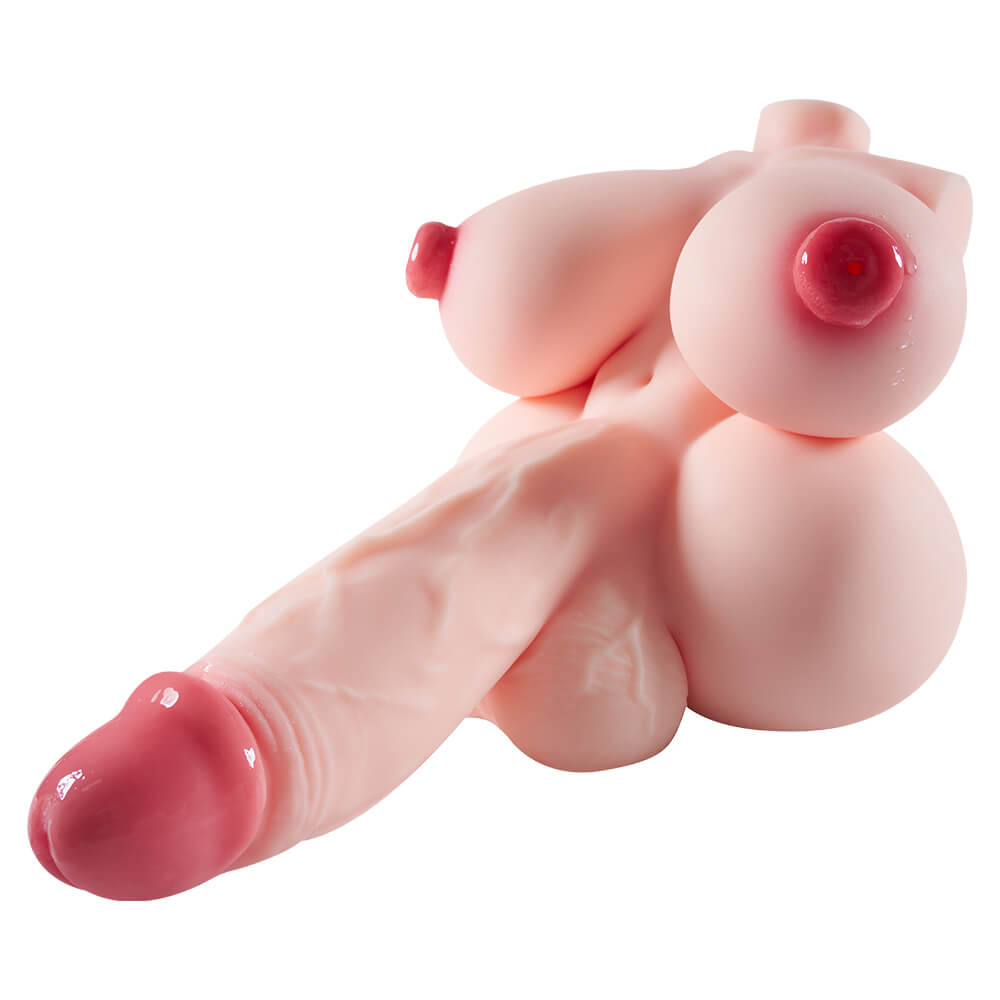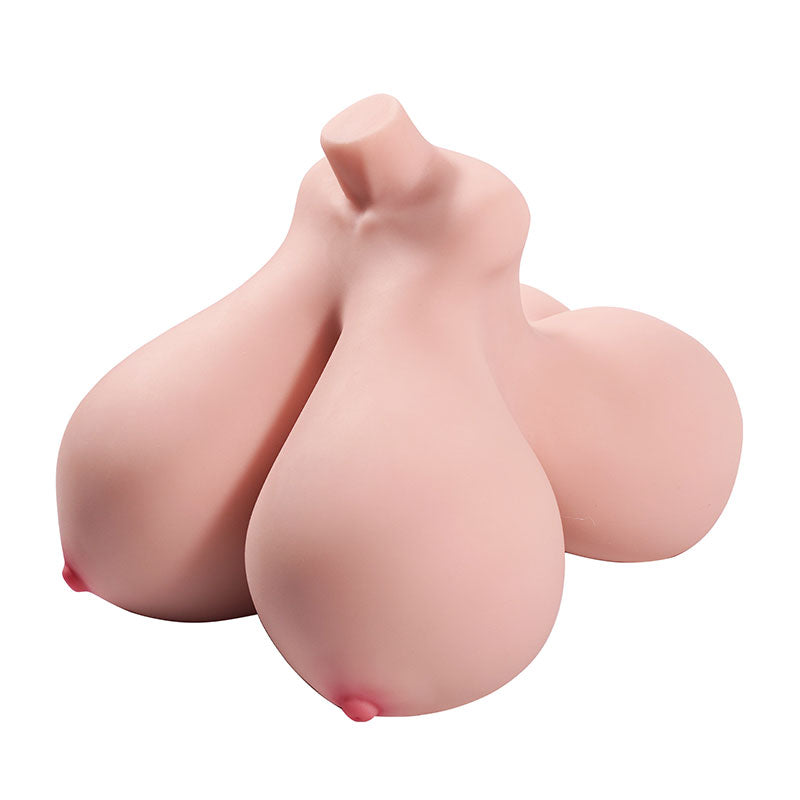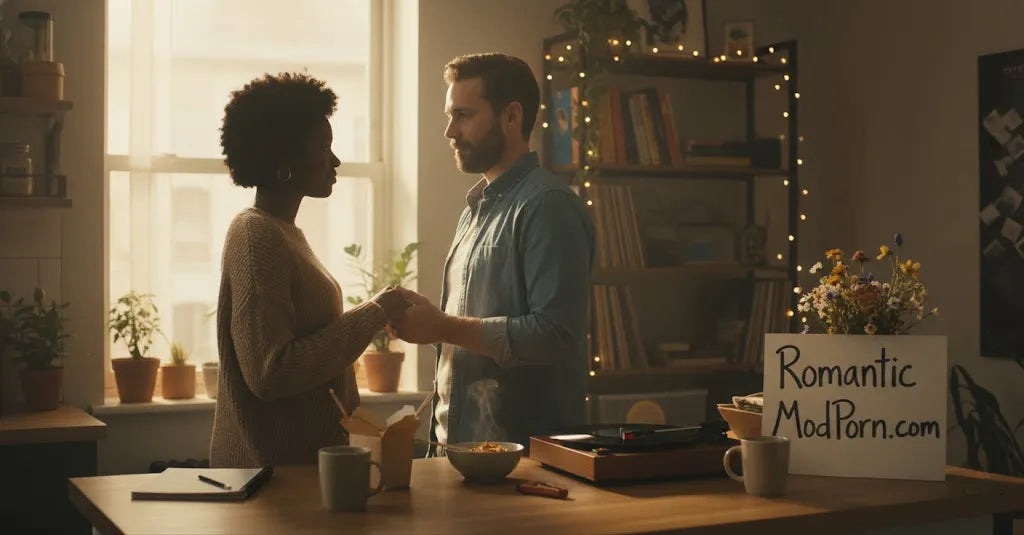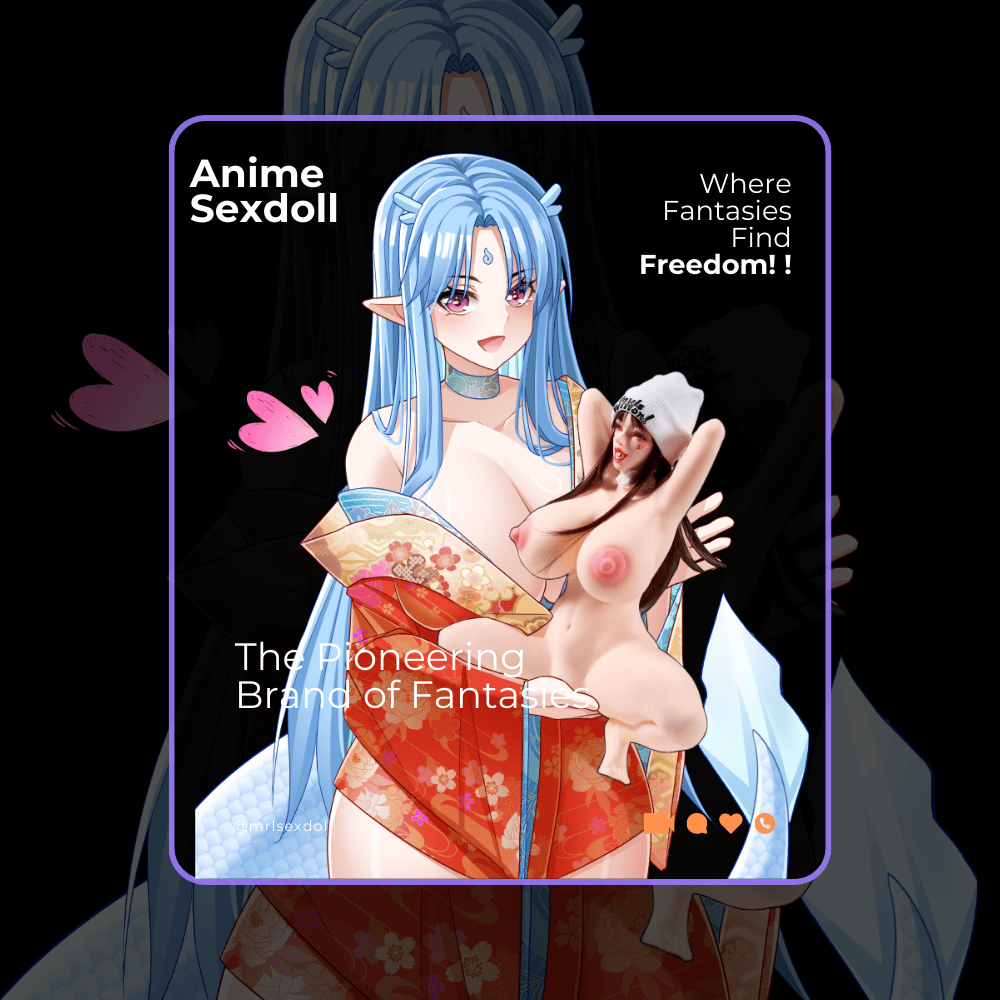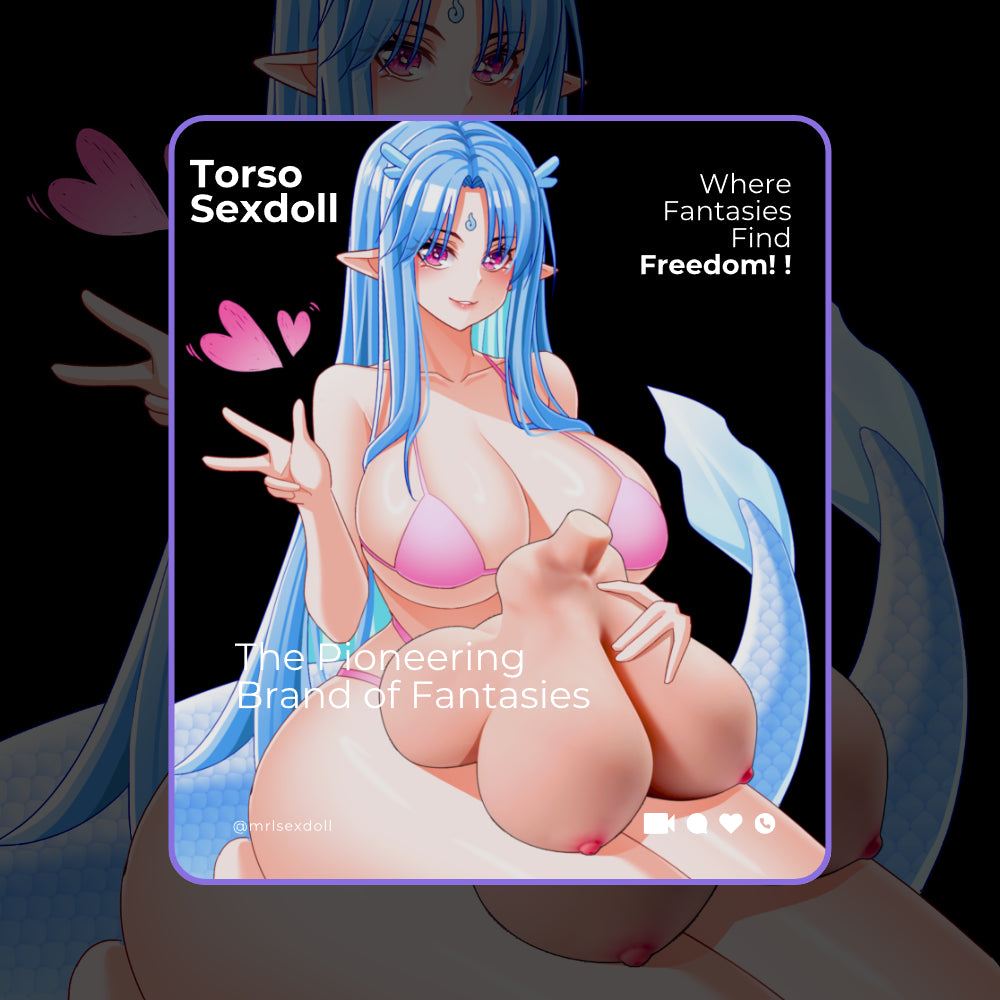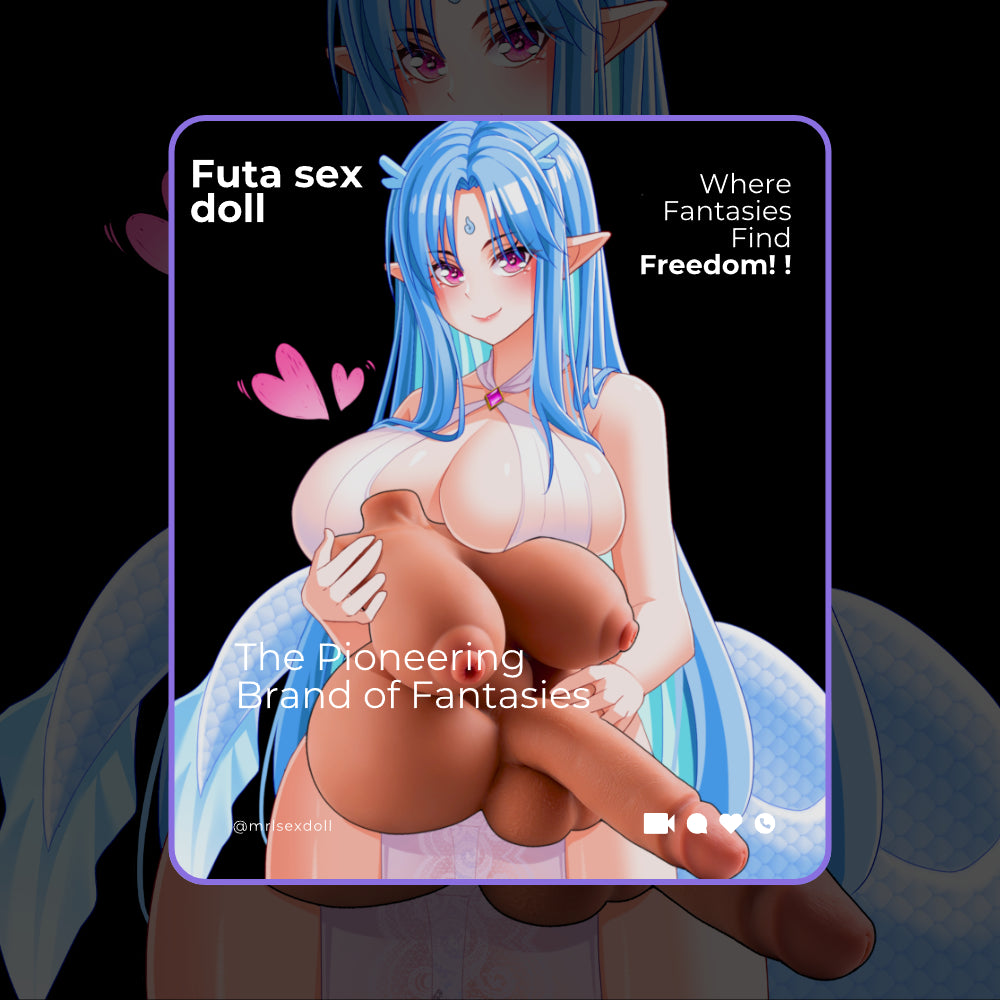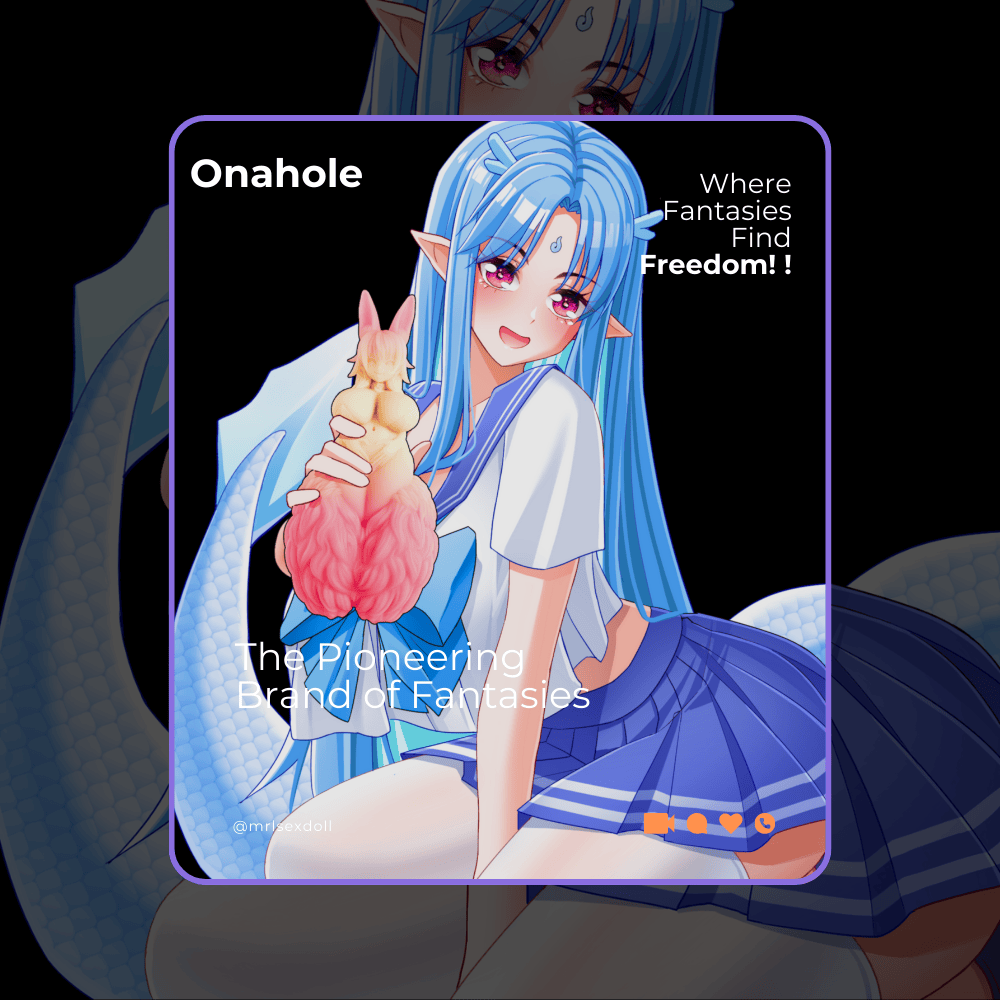When Soft Lights Meet Hard Choices: How “Romantic Porn” Rewrote the Script on Adult Entertainment

Romance was never supposed to survive the era of autoplay. And yet, against the churn of endless scrolls and algorithmic hooks, a quieter category - call it candlelight for the click-age - has not only held its ground but carved out a new lane. This isn’t a sepia filter slapped onto the usual formula; it’s a set of creative decisions that foreground connection, pacing, consent, and story. If the old pipeline sold speed, “romantic porn” sells presence. It treats chemistry as content. (For readers looking to see how this impulse gets curated in practice, a useful jumping-off point is Romantic ModPorn.com, where the tag itself doubles as an editorial promise.) That one link doesn’t explain the whole shift, but it does hint at something bigger: tenderness hasn’t left the building; it’s just learned to speak the language of the feed.
The skeptic’s eye roll is predictable: “Isn’t this just the same thing, slower?” Not quite. The romantic turn rearranges the grammar - lingering cuts, intentional lighting, close-ups that read as attention rather than surveillance. Performers narrate boundaries before they test them; story beats are allowed to exhale. Even the soundscape shifts from heavy-handed crescendos to the kinds of small noises most mainstream clips steamroll: a breath caught mid-laugh, a whispered check-in. That intimacy is the product. As one independent director put it in a panel I attended last year: “People want a feeling they recognize, not a pose they can imitate.” It’s a line that maps onto why viewers increasingly hunt for moments you could stumble into outside the frame - ordinary, specific, unspectacular in the best way. See it this way, and romance isn’t frosting on the cake; it’s the yeast in the dough.
And the audience behavior backs it up in ways that matter to platforms. Watch-through rates climb when tension has room to unfurl, when performers are human beings before they’re “roles.” Viewers comment more, share more, and – crucially - report less. That’s not magic; it’s UX. Respect, clarity, and care tend to reduce the frictions that ruin a session: the jolt of a boundary crossed without warning, the emotional whiplash of zero-to-sixty pacing. In other words, romance is not opposed to arousal; it’s a method for sustaining it. The promise is simple: if you can keep someone emotionally oriented, you can keep them engaged. That premise is as old as storytelling and as new as your next tab.
In a private moment doesn’t just make for a catchy phrase on a landing page - it’s the backbone of this mode. The best romantic scenes don’t perform closeness; they protect it. That means blocking that respects personal space, edits that resist voyeuristic shortcuts, and a sense of mutuality that reads before a single word is spoken. When viewers feel the encounter is an event shared with them rather than done at them, they stay. There’s a reason the pause button gets used differently in these scenes. People aren’t just scanning; they’re savoring.
The Aesthetics of Slowness
Call it the slowness pivot. Romantic porn borrows from prestige drama: color palettes that lean warm without turning saccharine, natural light that admits imperfections, ambient sound that lets rooms breathe. The camera lingers not because it’s stuck but because it’s listening. Soft focus is used sparingly; clarity matters, but so does texture. The result is less “glossy fantasy” and more “lived-in afternoon.” Wardrobes follow suit - fewer costumes, more clothes you could actually own. This isn’t realism for realism’s sake; it’s credibility as an aphrodisiac.
Pacing, of course, is the secret weapon. The beat-to-beat rhythm honors anticipation. Setup isn’t treated as a hurdle to clear; it’s the runway. Visual storytelling establishes trust: we watch partners decide, check in, adjust. The effect is paradoxical - moving slowly speeds up identification. Viewers project themselves into scenes when scenes move at human speed. That psychological bridge is what makes romantic work travel: the desire to feel seen, not just stimulated.
Music earns its keep differently here. Where bombast once did the heavy lifting, romantic pieces use restraint. A quiet guitar cue, a piano line that rises only when a glance lands - less needle-drop, more heartbeat. Sound mixing prioritizes voices and small laughter. (The small laugh matters. It tells the truth: arousal is messy, playful, human.) When people say a scene felt “honest,” they often mean “the sound wasn’t lying.”
Performance style evolves, too. Performers who thrive in romantic formats make micro-choices: longer eye contact, slower turns, touches that read as questions not presumptions. These aren’t improv flourishes; they’re craft. The on-set reality is equally deliberate: pre-scene conversations run longer, boundaries are treated like choreography, and directors cue for comfort as aggressively as they cue for light. The result is a chemistry that can survive close-ups.
This aesthetic isn’t nostalgia. It’s not trying to rewind culture to a chivalric myth. Romantic porn lives in the present tense: queer couples, mixed-race partners, bodies of different sizes and ages. The thread is not “classic” so much as “considerate.” When viewers say “romance,” they don’t necessarily mean flowers; they mean the dignity of being prioritized.
Consent, Communication, and Why Tenderness Monetizes
There’s a practical reason the romantic template is spreading: it works. Not just morally, but commercially. When creators foreground consent, two things happen. First, performers feel safer; safer performers give better performances. Second, audiences relax; relaxed audiences watch longer and return more often. That loop drives monetization: longer sessions, higher membership conversions, fewer support tickets, fewer platform flags.
The difference shows up in pre-production. Romantic shoots tend to run on checklists: preferred language for on-screen cues, opt-outs, a pace chart that maps energy arcs. If that sounds unsexy, consider how it reads on camera: confident bodies, fewer jump cuts to hide misfires, chemistry that builds instead of spasms. The conversation you don’t see constitutes the texture you do. A simple on-screen “Is this okay?” can be hotter than a dozen supercuts, because it conveys something audiences rarely get: that pleasure is being curated, not coerced.
There’s also a trust dividend with platforms and payment processors. Scenes designed with mutuality in mind generate fewer moderation headaches. Clips are less likely to be yanked for ambiguous content, thumbnails less likely to flirt with policy lines. In the post-policy age, compliance is not a side quest. It’s production design.
None of this erases criticism. Some argue the label “romantic” can become a marketing fig leaf - soft filters covering hard patterns. That’s fair. But the best creators treat “romance” as a craft discipline: set etiquette, editorial choices, and honest storytelling. It’s a measurable difference. You can see it in the comments sections that read like conversations rather than scorecards, in the way scenes are bookmarked at moments of tenderness rather than pure spectacle.
For readers wanting a research-grounded lens on why the softer cues land so hard, the Kinsey Institute maintains a broad library on intimacy, attraction, and sexual communication. The takeaway from decades of study isn’t complicated: context is libido’s favorite spice. Romantic formats build that context in.
The Business Case for Feelings
Let’s talk pipeline. Discovery today is thumbnail-led and swipe-paced. That should disadvantage slower work. It doesn’t - if your creative signals are coherent. Romantic producers who win at the feed level invest in title copy that promises dynamics (“First Night Back,” “After the Train Ride”), art that hints at storytelling (a shared smile, a kitchen scene, an unmade bed at golden hour), and tags that actually curate rather than carpet bomb. You’re not chasing virality; you’re training the algorithm to find the viewer who craves scenes that breathe.
Retention tells a sharper story. Romantic catalogs encourage serial watching. Not because everything is “connected” narratively, but because viewers trust the house style. They know what they’ll get: no jump scares, no boundary ambushes, no humiliation marketed as heat. That predictability breeds habit. “I go there when I want to feel good about wanting” is a brand statement most categories can’t claim.
Creator economics benefit, too. Performers in romantic lines often cultivate parasocial relationships that convert: paid fan channels, behind-the-scenes diaries, AMA streams about craft. When an audience buys into your ethos, they buy more than minutes; they buy a relationship to their own appetite. That’s a sticky product.
On the tech side, romance plays nicely with recommendation engines tuned to user satisfaction metrics. Scenes with higher finish rates and lower bounce rates get more distribution. If the first thirty seconds are gentle and legible - names, small talk, a consensual glance - the average viewer is less likely to abort. The content plays the metric like a violin, not because it hacks the system but because it aligns with it.
Ethically, the model is easier to defend. It decouples intensity from harm. It’s also honest about what many viewers are actually seeking: not performance maximalism, but emotional resonance. That’s not prudishness; it’s preference. “Hard” and “soft” are production choices, not moral categories. Romantic porn just happens to be unusually good at leaving people better than it found them.
Craft Notes: How Creators Make Romance Feel Real
Here’s where the rubber meets the road. If you want romance to read, you plan for it. Directors often start with a “why” sheet: Why these two people? Why this setting? Why now? If those answers aren’t specific, the camera will tell on you. A believable pretext can be as simple as “post-work debrief in a messy kitchen,” but it has to be owned. Props become narrative anchors: a half-eaten takeout box, a wilting bouquet, a jacket draped on the wrong chair. The goal is not artifice; it’s invitation.
Blocking is gentler, but more demanding. You choreograph space as if it were dialogue. Actors learn each other’s “yes-lanes” - where to approach, where to wait. Eye lines are mapped like beats. The camera respects that map. Close-ups are earned, not assumed. That discipline is why these scenes edit so cleanly; fewer continuity band-aids are needed when the underlying intention is coherent.
Lighting guidelines skew forgiving. Warm practicals, window spill, soft bounce. You’re painting for skin, not chrome. Makeup departments collaborate on “real-day skin,” not billboard glaze. When the camera does go sharp, it celebrates detail: freckles, fine lines, necks as they flush. The frame says: this is a body, not a product.
Dialogue, when present, is lean. Romantic scenes trust silence. When words show up, they do light lifting - teasing, checking in, naming a feeling. Ad-libbing is encouraged, but within guardrails. Performers have permission to break and laugh. Those micro-ruptures keep a scene from feeling embalmed.
Music is used like salt. A little at the start to set tone, then out, then maybe back in as an afterglow. Over-scoring kills sincerity. If your room tone is honest, you don’t need strings to tell people what they’re feeling.
Editing principles are similarly restrained. Cut on connection, not just action. Establishing beats matter: the moment someone decides to close a door, the beat where a hand hovers before it lands. These become the “highlight markers” viewers return to. Watch what gets screen-capped; it’s often not the apex act but the consent-laden moment right before it.
Finally, the wrap. Romantic shoots often end with decompression on film - a laughter, a snack raid, a sleepy cuddle. That coda functions as both narrative grace note and ethical footnote: this was care work, and care continues post-cut. It’s also sticky. Viewers who feel held at the end are likelier to click “next.”
Where It Goes From Here
If romantic porn started as a counter-programming bet, it’s now a creative center of gravity. Not because everyone wants slow scenes, but because everyone benefits from the literacy it spreads. Even high-octane genres steal its tricks: an establishing glance here, a clearer boundary cue there, a fade-out that respects aftermath. The broader ecosystem is saner when tenderness is available in the toolkit.
There are challenges. The label can be co-opted into a pastel-washed aesthetic that dodges diversity or sanitizes kink. The antidote is not stricter branding; it’s better craft. Romance thrives on specificity. It should be as plural as the people who make it: queer romance, disabled romance, midlife romance, cross-cultural romance. The through-line is not uniformity; it’s care.
There’s also the platform problem: intimacy takes time, and time is expensive. Shoots run longer, edits are fussier, and discovery still happens at thumbnail speed. But that’s a solvable business puzzle. Short-form teasers can introduce tone; well-written synopses can seed anticipation; creator pages can surface ethos. Romance doesn’t need to beat the algorithm; it just needs to teach it what to look for.
Education helps. Viewers increasingly expect the “how” behind the “hot”: pre-scene checklists, aftercare practices, safeword protocols. Normalizing that context doesn’t chase away mystery; it builds trust. When audiences see the scaffolding, they read the finished work more generously.
In the end, the case for romantic porn is shockingly unradical: people like to feel liked. They like characters who win their attention rather than demand it, lighting that flatters rather than blinds, storylines that invite rather than invade. They like, simply, to be moved. In a media diet built on speed, the most subversive move is to slow down just enough for someone to say “yes” and mean it.
Platforms that understand this - curating with intention, commissioning with care, designing with empathy - aren’t just doing the right thing; they’re doing the durable thing. There will always be appetite for spectacle. But there’s a reason the scenes people remember most are the ones that breathe. Romance doesn’t fight desire; it gives it room.
And that may be the quiet revolution hiding in plain sight: when the lights are soft and the choices are clear, the camera finally has room to catch the thing the genre has been chasing since its first frame - not the biggest performance, but the truest one.



